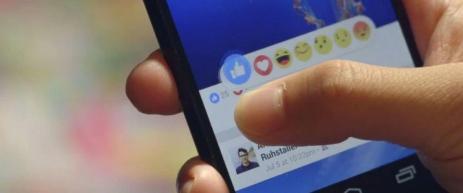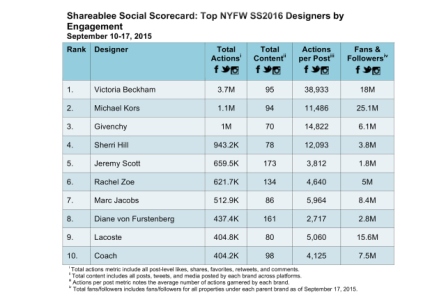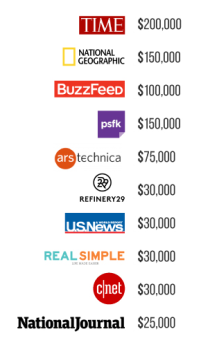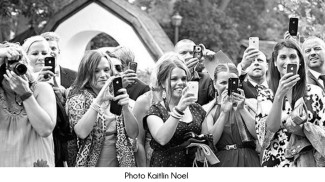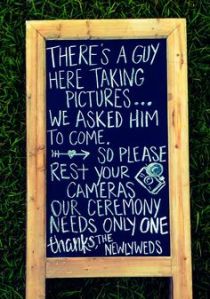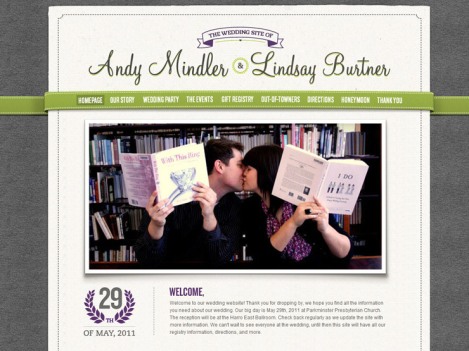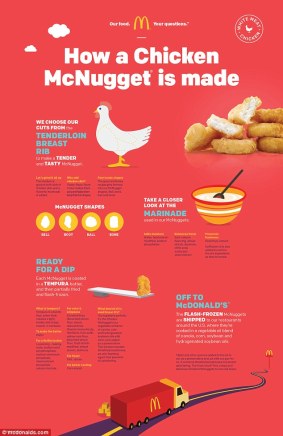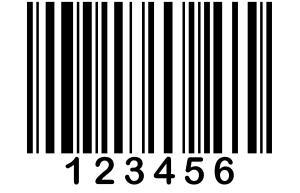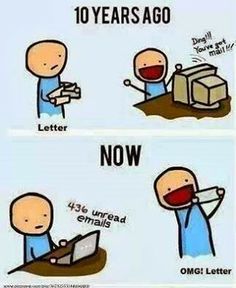New site alert!
Online shopping is a competitive market; search for a product like a pair of sneakers, a blender, or a DVD player (do people still buy those?) and you’ll get tons of choices for where you can spend your dollars. Americans spend loads of their hard-earned cash on Internet shopping each year. And if you want to see a really cool constantly upgrading calculation of just how much they are spending each second, check this out.
To attract customers lots of shopping websites reward them for the purchases they make; some offer simple sales just like those in brick and mortar stores, others, like Ebates give shoppers cash back on the purchases they make. Macy’s and a few other retailers have collaborated to create Plenti, a card where you earn points for your purchases, which can be saved up to get discounts on future purchases.
Now a new site is using something you may or may not have to give you discounts – social influence. Yuno is an e-commerce site that lets users shop for over 70 million products from retailers like Saks, Neiman Marcus, and Best Buy. Generally, the social shopping site offers cashback on every purchase.
But, on top of the cashback users are already receiving on their purchasers, Yuno provides more money when someone in their social network sees that they purchased something cool and decides that they need it too. The social aspect of the site comes in because you can like, comment and recommend products to friends in your social network.
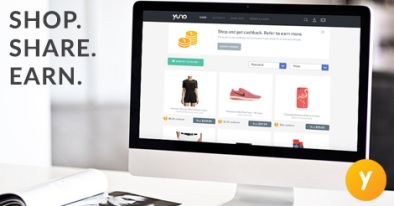
What’s interesting is that an active Yuno user could receive up to 100% cashback depending on their level of influence or what the site calls “social capital.” That’s where the name of the site comes in, on this site you benefit from who you know…
“At Yuno, our mission is to help everyday people enhance their lives based on who they are and who they know,” said Yuno CEO Andre Walters, a sports lawyer turned tech entrepreneur. “With social media, the power to generate attention and to influence others’ behavior is no longer limited to famous celebrities. We are all valuable in the world of commerce through word of mouth marketing, and we believe that value should be recognized in our everyday transactions by the companies we support.”
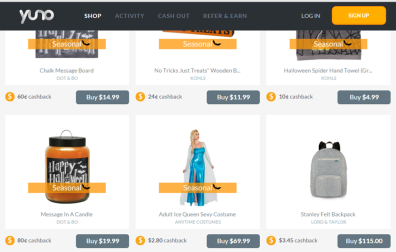
I’m not sure what I think about this site. Will it succeed? Do people really want to tell their friends that they just bought a sexy Elsa costume for $70? We do like to share an awful lot online, but how fast does knowing that some guy you went to high school with bought paper towels and an Eagles t-shirt get old? Something like this seems like it would be a great product for middle-school girls, who all just want to fit in and all own the same Aeropostale hoodie. Maybe during the holidays when everyone is clamoring to buy the same popular toys for their kids the sharing will become important, but other than that I’m not convinced.
I would love to hear what you all think about Yuno and its possibilities.
